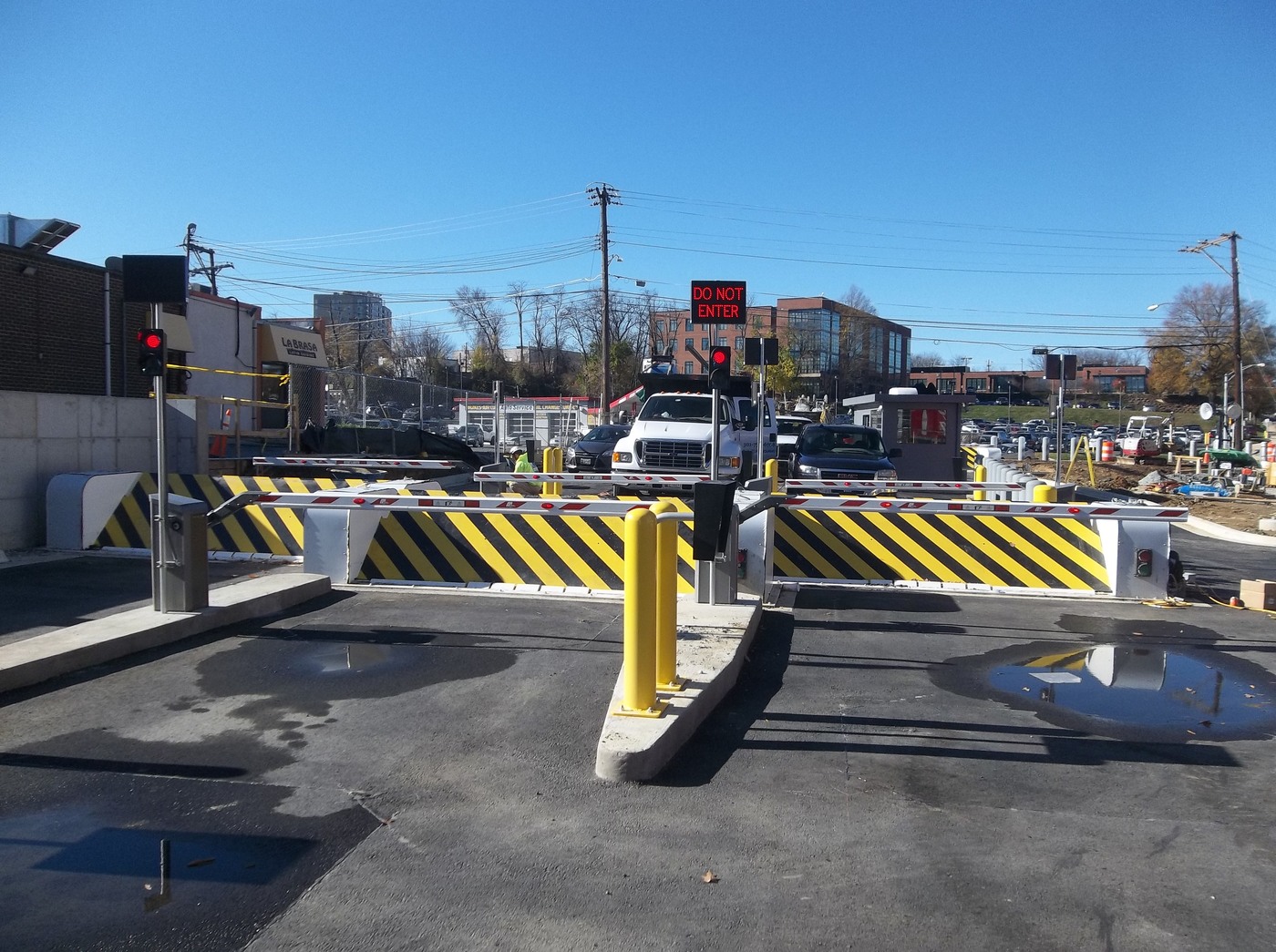The Facts About Wedge Barriers Uncovered
5 Easy Facts About Wedge Barriers Described

Our Wedge Barriers Statements
g., spring assistance 65 )may be taken care of to the end of the spring pole 58 to enable compression of the springtimes 60. As the springtimes 60 are compressed between the spring supports 62, the springtime setting up 54 generates a force acting on the webcam coupled to the springtime pole 58 in a direction 66. The continuing to be force applied to
the cam camera deploy release wedge plate 16 may might provided by an electromechanical actuator 84 or other actuator. The spring assembly 54 and the actuator 84(e. g., electromechanical actuator)may operate with each other to convert the web cam and raise the wedge plate 16.
As pointed out over, the springtime setting up 54 puts in a consistent pressure on the web cam, while the electromechanical actuator may be regulated to apply a variable force on the cam, consequently making it possible for the training and lowering( i. e., deploying and pulling back )of the wedge plate 16. In particular personifications, the constant force used by the springtime assembly 54 might be flexible. g., electromechanical actuator) is disabled. As will be valued, the springtime setting up 54 might be covered and secured from debris or other elements by a cover plate(e. g., cover plate 68 received FIG. 4) that might be considerably flush with the raised surface 38 of the foundation 14. As mentioned over, in the released setting, the wedge plate 16 serves to obstruct access or traveling past the barrier 10. The obstacle 10(e. g., the wedge plate 16 )might block pedestrians or lorries from accessing a property or path. As gone over above, the obstacle 10 is connected to the anchor 30 safeguarded within the foundation 14,

front braces 71. Therefore, the affiliation settings up 72 might pivot and revolve to enable the collapse and extension of the affiliation settings up 72 throughout retraction and release of the bather 10. The affiliation settings up 72 cause motion of the wedge plate 16 to be restricted. For instance, if a car is traveling towards the released wedge plate 16(e. For instance, in one circumstance, the safety and security legs 86 might be expanded throughoutupkeep of the barrier 10. When the security legs 86 are deployed, the safety and security legs 86 sustain the weight of the wedge plate 16 against the surface area 12. Because of this, the training mechanism 50 might be shut off, serviced, eliminated, changed, and so forth. FIG. 5 is partial perspective sight of a personification of the surface-mounted wedge-style obstacle 10, illustrating the webcam 80 and the cam surface areas 82 of the lifting system 50. Particularly, 2 camera surface areas 82, which are referred to as reduced camera surfaces 83, are placed listed below the cam 80. The reduced camera surfaces 83 might be taken care of to the surface 12 (e. For instance, the lower cam surface areas 83 and the mounting plate 85 might develop a solitary piece that is safeguarded to the anchor 30 by screws or other mechanical bolts. Additionally, 2 webcam surfaces 82, which are described as upper camera surfaces 87, are placed above the camera 80 and coupled to (e. In other personifications, stepping in layers or plates might be positioned in between the surface 12 and the lower web cam surfaces 83 and/or the wedge plate 16 and the top cam surfaces 87 As mentioned above, the webcam
80 equates along the cam surfaces 82 when the wedge plate 16 is raised from the retracted setting to the released position. Furthermore, as mentioned above, the springtime setting up 54 (see FIG. 3 )may supply a pressure acting on the webcam 80 in the instructions 102 using spring rod 58, which might reduce the force the electromechanical actuator 84 is required to relate to the cam 80 in order to actuate and lift the wedge plate 16. 1 have a peek at these guys )to the released look here placement(see FIG. 4). As shown, the webcam 80 includes track wheels 104(e. g., rollers), which get in touch with and convert along the cam surfaces 82 during operation.